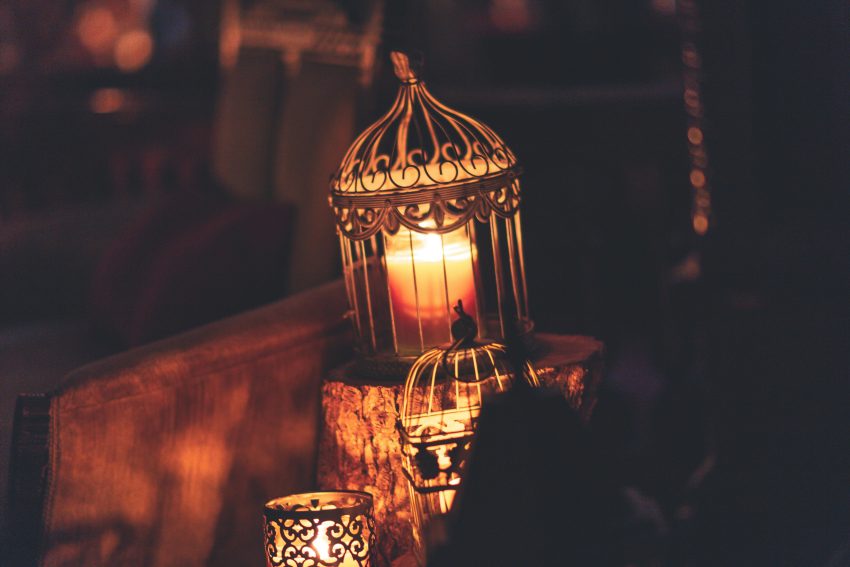
The lighting yibil in your home can be a big design statement. You can create a dramatic look with hanging ceiling fixtures that draw attention while also lighting the space. But deciding what type of fixture is right for your space can be tricky. Two common types of hanging ceiling fixtures are chandeliers and pendants. While they may look similar, there are key differences between the two that make them different.
Chandeliers typically have multiple lights suspended from a central body, and they can be found in many styles and sizes. This makes them a great fit for larger rooms and adding a touch of drama to foyers or staircases. Pendants, on the other hand, are simpler and more functional. They are often used as task lighting, which means they direct light downward and can be a good fit for areas like kitchen islands or dining tables.
Pendants come in a variety of sizes, as well. Some can be quite large and provide plenty of ambient lighting for the room, while others are smaller and more of a decorative accent that complements the décor. The shade material is another important factor to consider when selecting a pendant light. Glass and metal are the most common, but wood and even fabric can be used to create a distinctive look.
When it comes to installation, a chandelier should be hung by an electrician. This is because the fixture may require bracing or extra mounting to the ceiling, as well as running new wiring in the ceiling. In addition, the light is likely to be much heavier than a regular pendant fixture, so if you’re not comfortable with hanging it yourself, you should hire a professional.
A major difference between the two fixtures is that chandeliers are designed to be ambient lighting, illuminating the entire area evenly. They are usually paired with additional ambient lighting sources, such as wall sconces or table lamps. Pendants, on the other hand, tend to be more focused and are more often used alone or in groups, such as a trio of pendants over a kitchen island.
A final difference between the two is that chandeliers generally go with more traditional decorating styles, while pendants lean more toward modern designs. There are exceptions, however, as both fixtures can now be found in a range of styles that go with almost any décor. The price point is another notable difference between the two. Chandeliers are usually more expensive than pendants, and this is primarily because of their size and the fact that they require professional installation. On the other hand, pendants can be hung by a handy homeowner, which can help to reduce costs.
